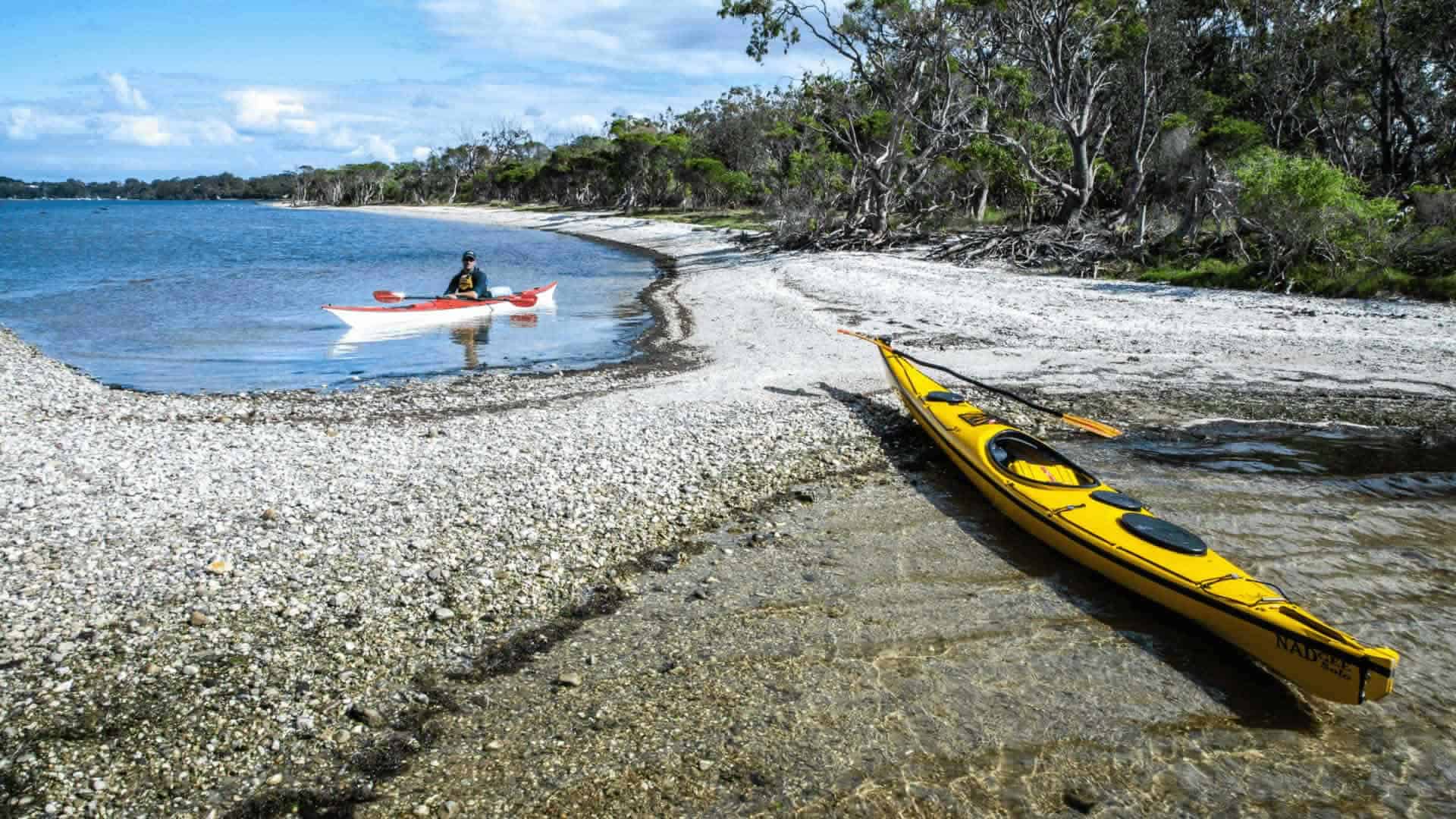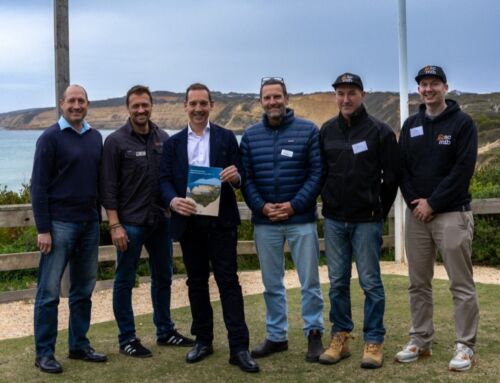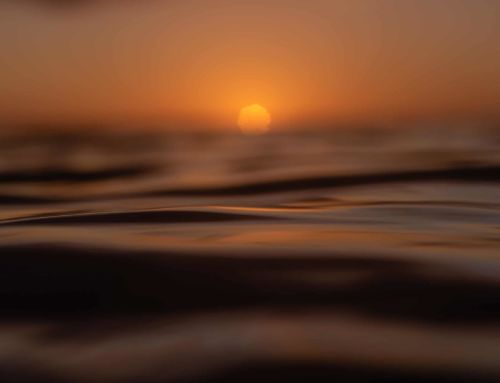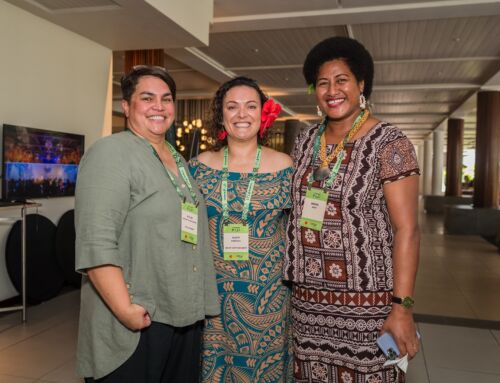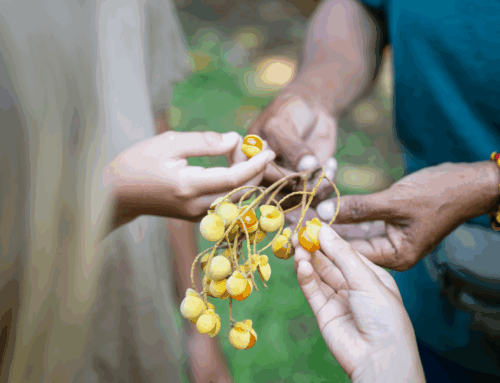Could a layered, multi-activity approach to trail planning and development deliver new opportunities in trail-based tourism?
WORDS: Chris Ord / TRC Tourism
“You’re the star of the story! Choose from 40 possible endings!” entices the headline on the cover of the immensely popular Choose Your Own Adventure books series (child readers of the 80s will know what we’re talking about!).
If readers weren’t lured by the prospect of being the actual protagonist with the power of decision making in these highly popular books, then they were certainly lured by the prospect of 40 different endings.
Choose Your Own Adventure was one of the most popular children’s series during the 1980s and 1990s, selling more than 250 million copies between 1979 and 1998. The illustrated books invited return visitation over and over again – the reward a different outcome each and every time.
So, what if you applied the ‘Choose Your Own’ edict to adventures in the real world; a trip where you could mix and match to build your very own journey-through-nature story, one unique to you? Or, indeed, many different types of journeys that take place in the same location?
That’s the question posed with the new Gippsland Lakes Aquatic Trail concept, a nature-based recreation and tourism project-in-planning that weaves multiple, linked activity options on land and on water. The curation of trails and suggested routes involves a combination of walking, cycling and paddling, allowing visitors to the Gippsland Lakes region the ability to craft an experience at various levels of challenge and skill and best suited to their individual interests across geographies, marine, bird and wildlife, culture and history.
Coupled to the project is a proposed array of accommodation styles to complement the experience, from camping to eco-glamping; holiday parks to high-end B&Bs or boutique stays. Once visitors have ticked which activity and overnight boxes they prefer, they then choose from being fully guided and facilitated, to hiring equipment or undertaking a journey entirely under their own steam, using a suite of pre-trip information including maps, digital guides and navigation aids that leverage today’s smartphone and app-based functionalities.
Want to add an immersive and educational Gunaikurnai experience? Why not, given the unique and powerful First Nation stories that can be told throughout the Gippsland Lakes.
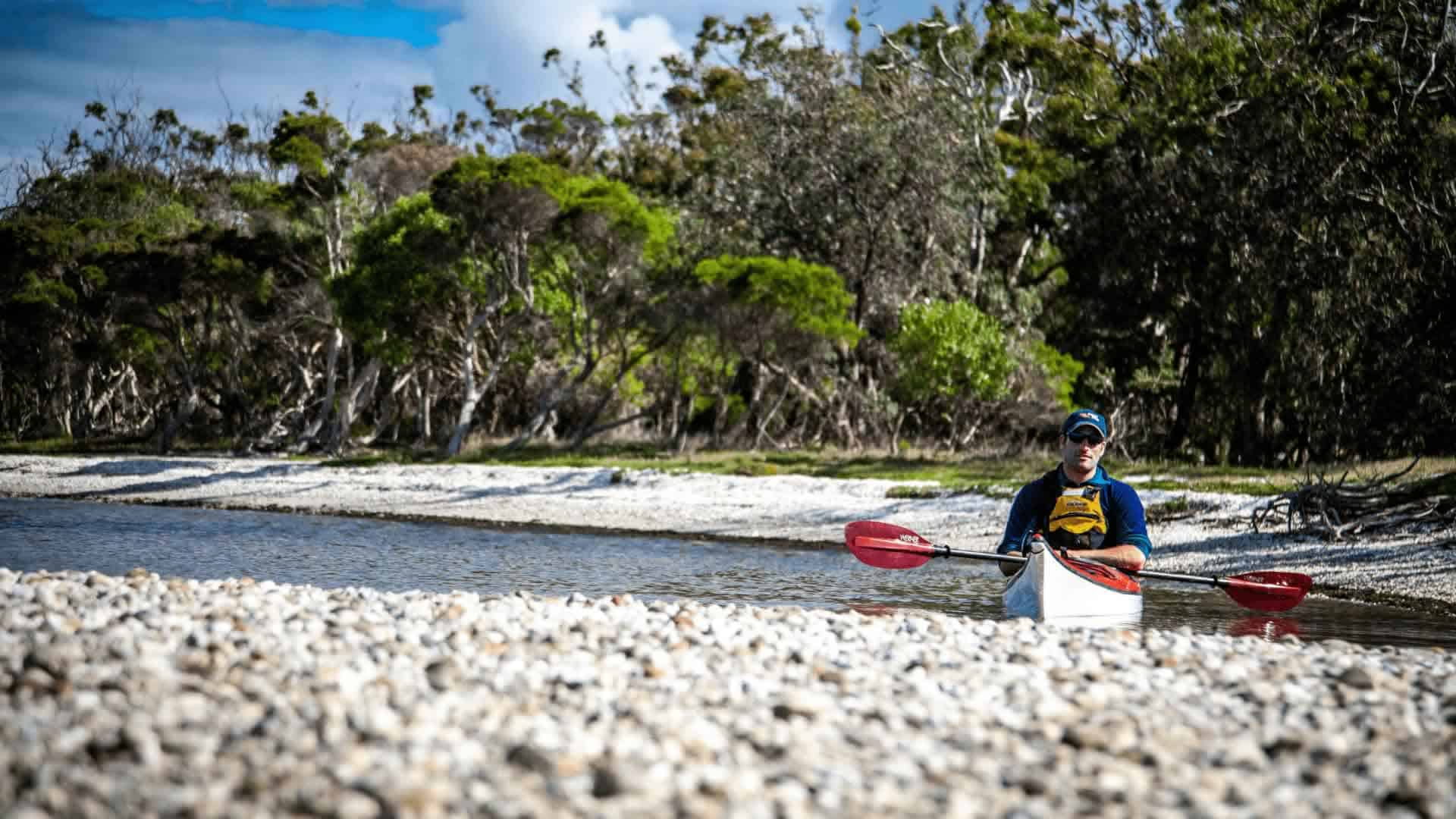
From the outset, the Gippsland Lakes Aquatic Trail was seeded by members of the Gippsland community who know, love and are constantly exploring their own back yard by any and every means. Local walkers, runners, riders, paddlers – and many who enjoy all such activities – had long recognised the potential of their readily accessible yet wildly stunning lakes environment. But how to link together the various attractions, trails, and activities in a logical manner that would appeal not just to those who clamour for all-day or even multiday mega-thons of adventure, but also appeal to people with slightly more demure appetites for nature play, or even limited windows of play in nature time?
Commissioned by Destination Gippsland, TRC Tourism consultants took on an exploratory journey to assess the feasibility of creating what is a relatively unique approach in tourism development: specifically curating trails for multi-activity visitation programs.
While shared-use trails aiming to service both walkers and cyclists are commonly employed in trail strategies and developments across the world where the landscapes and user dynamics allow, adding paddling or water-based legs to the journey recipe is a rarer ‘strategy’. There are other limited examples where landscape and waterway combinations have lent themselves to multi-activity trails: the in-development Murray River Adventure Trail being the most prominent in Victoria, billing itself as “a world first long distance river adventure trail”. It blends the on-water possibilities of the mighty Murray River with trail along its banks, creating a crucible of mix-n-match active adventure itineraries.
The development of the Murray River Adventure Trail is predicated on pre-development findings that the Trail will attract and extend the length of stay of 110,000 annual visitors to the Murray Region[1]. Consultants SGS Economics & Planning estimate that once complete the trail will be used approximately 200,000 times per year by local residents alone, and generate annual output of $12.8 million and 71 jobs per year in the Murray Region economy. It is a clear example of leveraging a geography that has equal parts allure for its water-based activities as its land, along with the attractions and servicing of nearby townships.
However, where the Murray River Adventure Trail encompasses experiences along a stretched linear route, with different but similar environments to be explored in mostly point-to-point formats, Gippsland Lakes offers something tangentially different. Its attractions are equally weighted between land and water environments, and clustered in a region allowing for easier and more varied explorations. Destination Gippsland and TRC Tourism also identified early in the exploratory process the inherent strength of the local Gunaikurnai First Nation culture and heritage. Weaved intrinsically throughout the region’s land and waterscapes, it has become an important focus in developing the Gippsland Lakes Aquatic Trail experience.
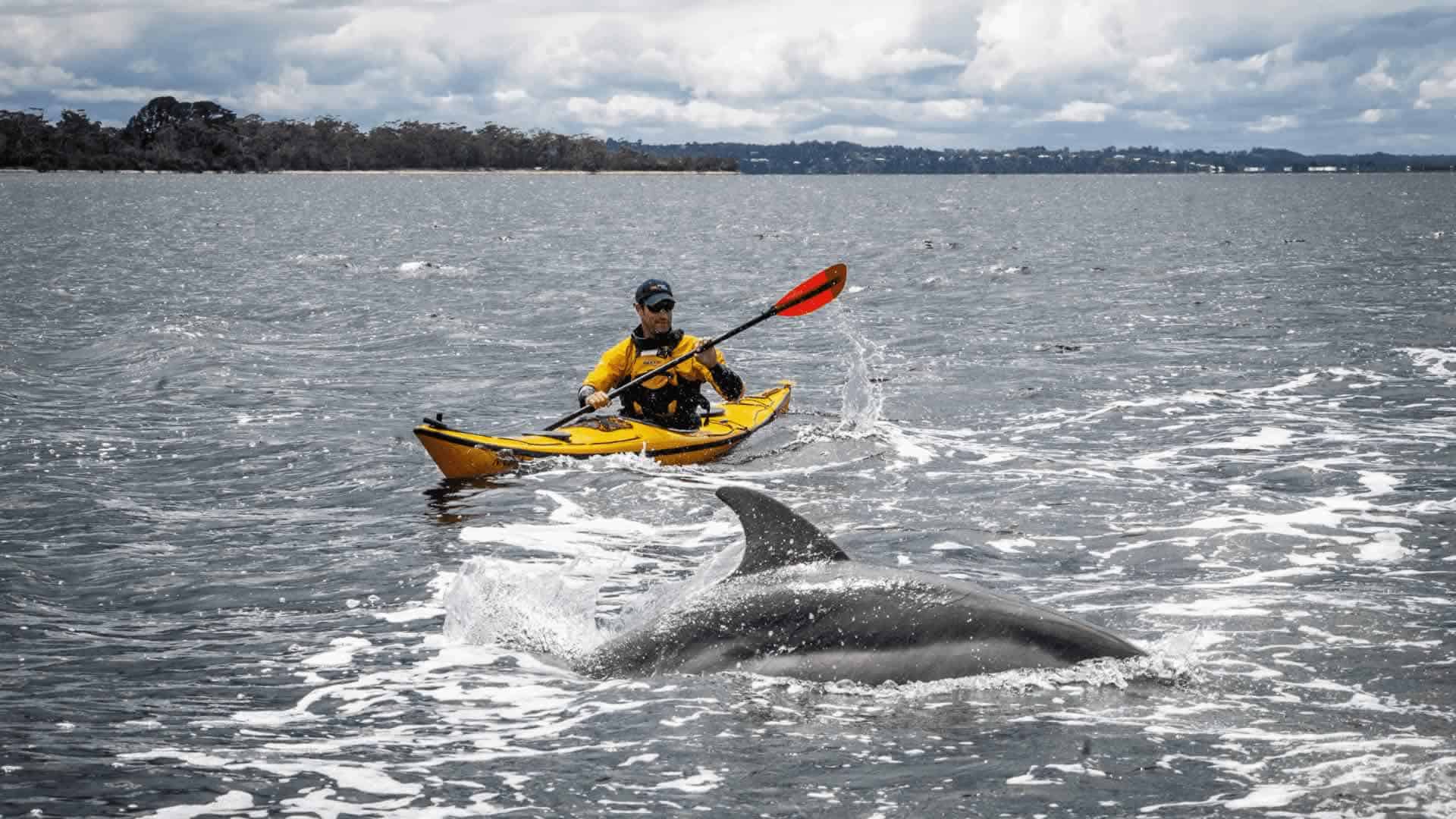
“Identifying the strengths was the easy part,” says TRC Director Janet Mackay “So many activities, so many different landscapes to explore, a strong cultural story to be told, and such varied appeal to so many different types of visitors seeking different formats of engagement in their journeys through nature,” she says. “It is relatively straightforward to jigsaw those together into ideal routes and itineraries, or ‘dream trips’, on paper. The real challenge in maturing the concept lies in the physical linking of the routes identified.”
In consultation with community and stakeholders, TRC Tourism has identified four defined routes with associated suggested itineraries, each involving multiple modes of transport and activity.
“The aim is to link mostly existing trails and attractions and to minimise new trail build. We wanted to leverage what was there and limit any fresh footprint development. But to do that and keep experiences at the quality expected by visitors, we needed to look at potential upgrades and installation of ‘linking’ trails or infrastructure such as footbridges, but only where it adds absolute value and can be done sustainably.”
TRC Tourism’s feasibility report highlighted four primary zones exploring trails connecting some of the state’s best inlet, lake and flatwater river paddling, heritage attractions such as Nyerimilang and the Port of Sale, world-class birdlife environments such as Rotamah, operational inland mountain biking parks and rail trails, and the Gunaikurnai stories featured across the entire region.
“We then looked at the different user markets, from what could be labelled ‘soft adventure’ to self sufficient visitors wanting a more immersive challenge as they explored the Lakes independently. The question was how could we service them all? As it happens, the answer was quite easily: mostly the trails and linkages were already there on the ground, they just hadn’t been linked as a wholistic concept before. There are, of course, upgrades and investments required for infrastructure and interpretation, but there’s not much needed in terms of wholesale grand trail developments – it’s mostly there, if underutilised.
“Equally important is energising the service sector to support the concept,” says Janet. “The businesses that can facilitate people on the trail: from guides to equipment hire such as kayaks, to transfers on land and across waterways. How do you build the trail product to a point that it has the capacity to support local businesses, offering them realistic opportunities for growth, which means increased visitation?”
“The issue with multi-activity trails is the complexity of logistics increases. A dedicated walking trail can be enjoyed with or without much support, or even development. But throw in the need for paddlecraft, or boat transfers, or visitors who need a bike, plus one-way trails where transfers can be required, and it’s clear there needs to be some considered thinking about how to ‘build out’ the local capacity to support the concept. Here it’s critical that there is goodwill and committed support from the local hospitality and service sector.”
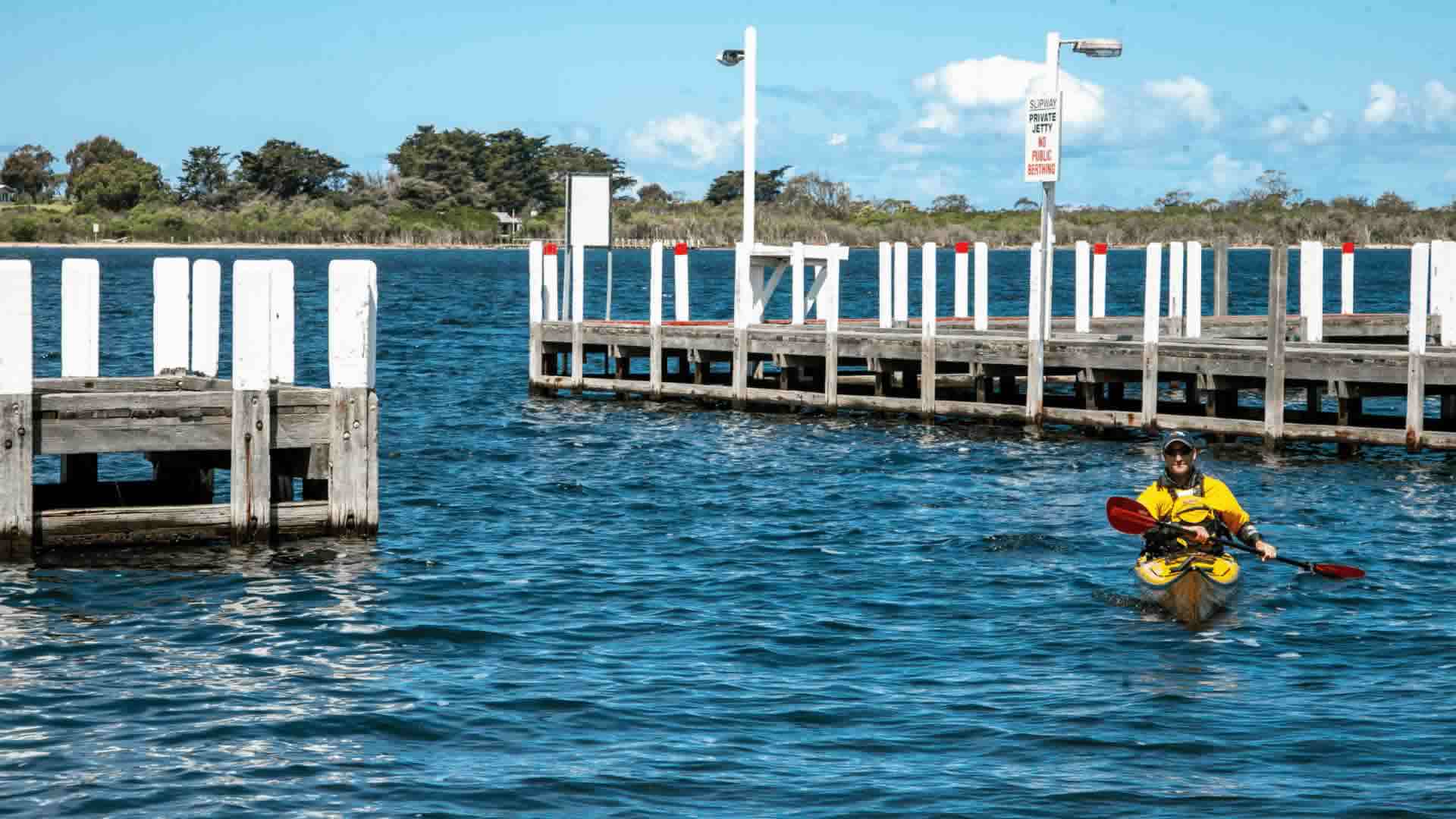
The other challenge facing a layered concept such as the proposed Gippsland Lakes Aquatic Trail, is how to communicate the offering.
“Technically you could pretty much undertake any of the itineraries we have identified already, albeit it would take some organising and present some self-sufficiency challenges at the moment,” says Janet “There is a requirement for engaging and focused pre-trip information that clearly and logically lays out the ‘Choose Your Own Adventure’ options for a broad range of visitors who have different interests and tolerances for challenge and complexity. How do you speak one language of ‘adventure’ at once to all when everyone’s language and understanding of ‘adventure’ is different?,” queries Janet.
“The creation of useable information that takes advantage of current digital technology (such as Smart Phone navigation) is critical. It will need to inspire and facilitate each journey, empowering each trail user knowing everyone’s journey will be different. Our suggested itineraries are just broad templates of what’s possible in terms of exploring the Gippsland Lakes in a multitude of ways. The pre-trip information will be core to the concept realising its potential.”
Another critical requirement identified by TRC Tourism is the flexibility to compartmentalise elements of the trail.
“To get the best return on investment – the highest uptake of users across the Aquatic Trail offering and the associated economic growth from that – visitors need to be able to engage in stand-alone components of the suite of trails,” says Janet. “That could be in the form of multiple activities in only one landscape location, or single activity trips such as only walking, or only paddling across the region. This is especially the case to justify larger investments required such as a proposed bridge and walkway linking Lakes Entrance to Nyerimilang. Such a development would become a community asset allowing locals and visitors alike to explore Nyerimilang by foot from the township of Lakes Entrance without the need to drive. Features like these become ‘silo’ attractions in their own right.”
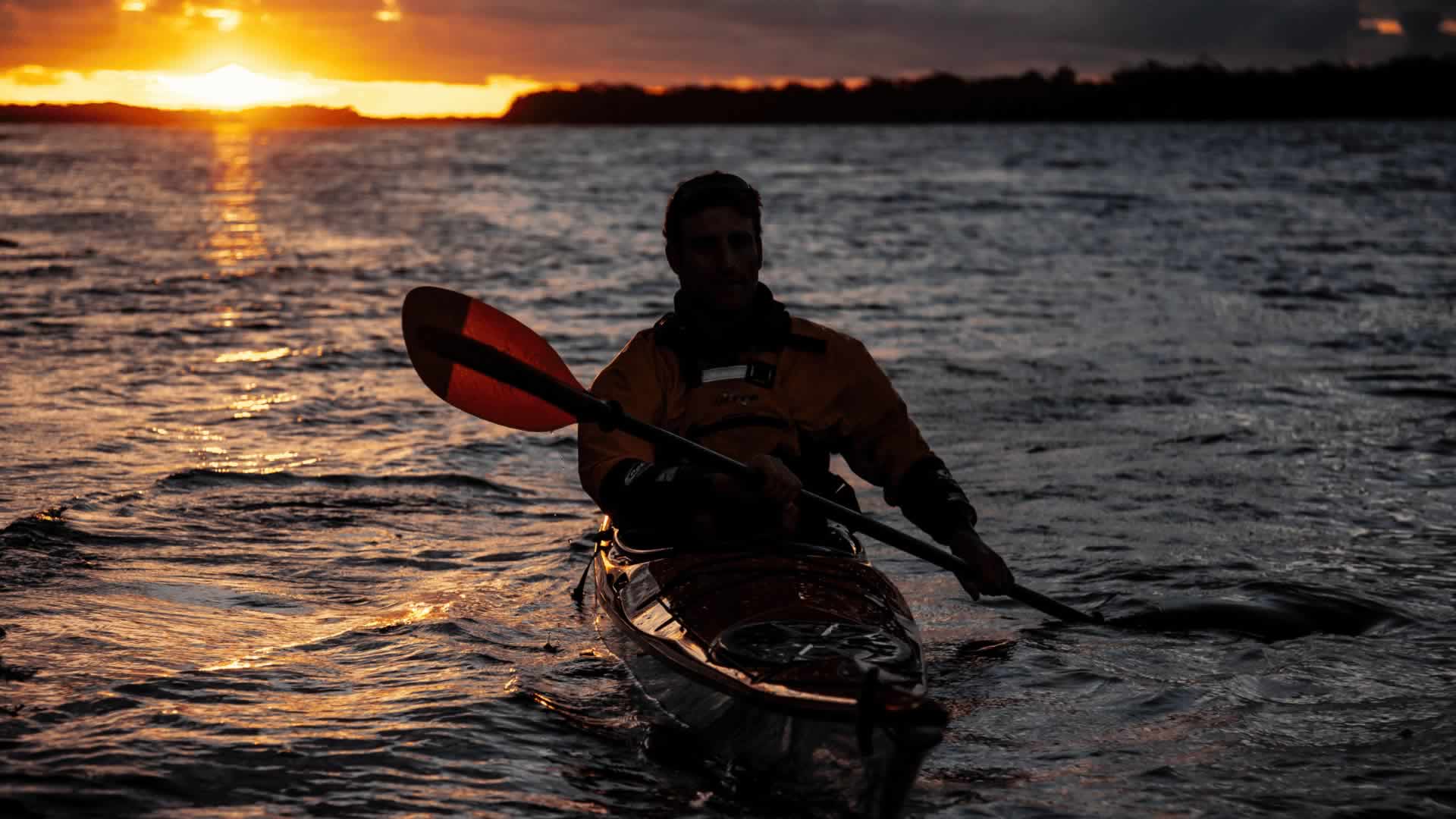
The Gippsland Lakes Aquatic Trail feasibility study also identified the opportunity for public-private investment in the eco-accommodation space, a possibility which the consultancy believes is well suited to the target markets for visitation to Gippsland: those seeking a level of immersion in nature matched to a higher level of overnight comfort. The concept would seek to establish eco-camps or cabins on site, the primary build and operation funded by private investment, but importantly without limitations on public access to trails or attractions and with a focus on environmental and financial sustainability.
“While two sites have been identified for further studies (Rotamah and Nyerimilang), the Gippsland Aquatic Trail concept does not rely on these being established, as there is an equal focus on and highlighting and delivering bookings to existing accommodation at all service levels,” says Janet.
Trail developments that involve multi-activity routes are stand out rarities in the trail development world where mountain bike networks and long distance iconic trekking trails are currently the flavour of the investment day. But with users becoming increasingly active across age groups and demographics, and all forms of nature-based recreation – including paddling – experiencing phenomenal growth, tomorrow’s approach to trail planning may need to embrace – where the land and waterscapes allow it – the growing thirst for and opportunities created by ‘choose your own’ adventure itineraries. And just like the original children’s book series, regions just might find it makes visitors come back again. And again. And again.
Read more on the Gippsland Lakes Aquatic Trail
Read more on the Murray River Adventure Trail
[1] https://www.sgsep.com.au/projects/murray-river-adventure-trail-economic-analysis


